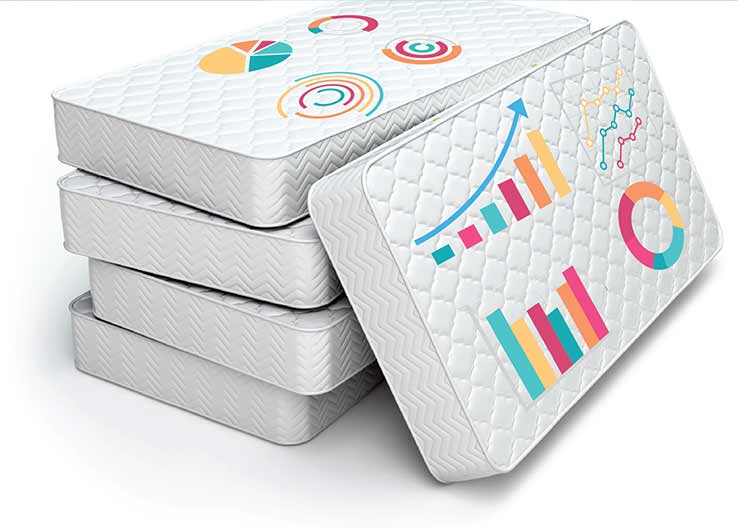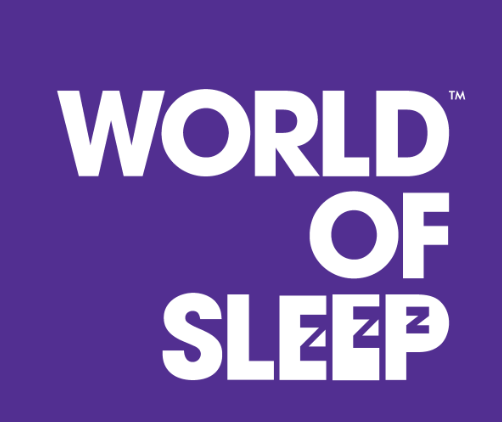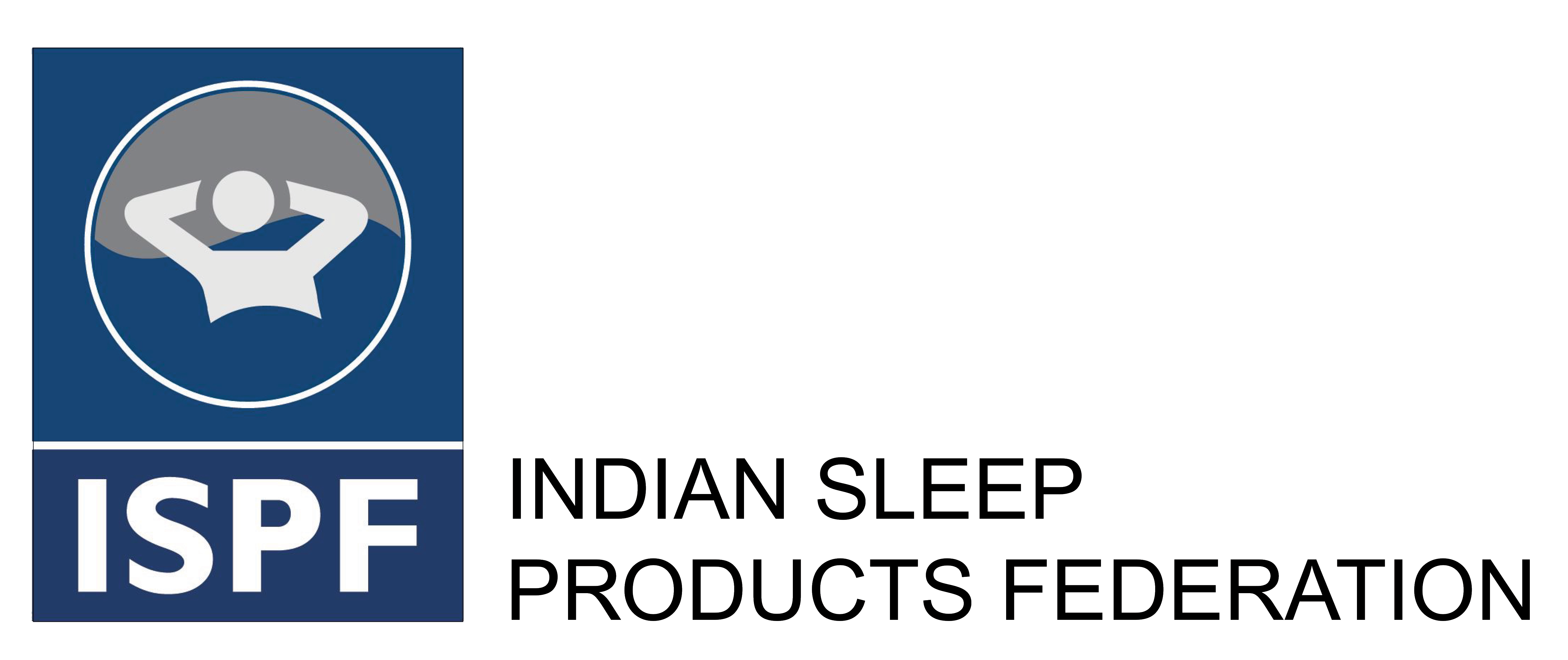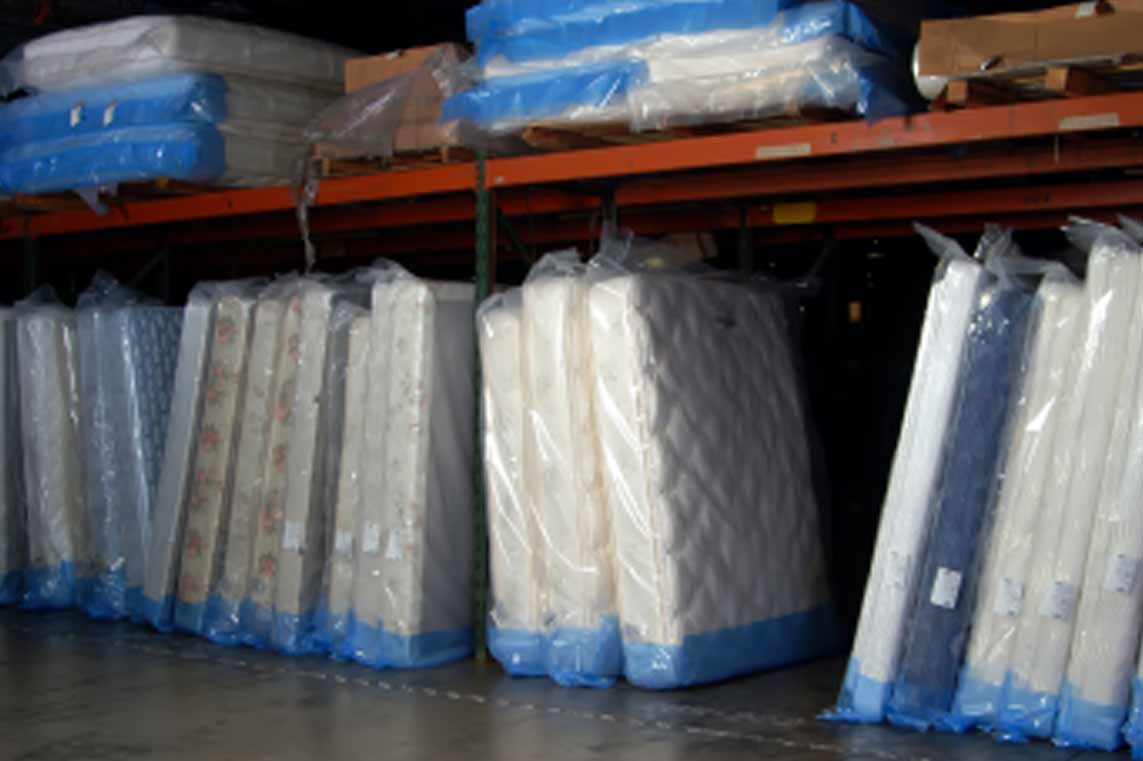In In a rapidly evolving mattress industry where customisation is the new trend and scientific evidence and customer experience go hand in hand, pressure mapping has emerged as a game-changing innovation. By capturing how a body interacts with a mattress at every pressure point, this technology presents the potential to empower manufacturers to design high-performance mattress products that are not only more ergonomic and comfortable but also more differentiated and trusted by consumers. What more? Pressure mapping can also help the manufacturers to reduce returns, gain customer trust and strengthen their position in the competitive sleep solutions market.
In fact, pressure mapping allows the manufacturers to move beyond guesswork by providing tangible and visual evidence on how the mattress works in real-world conditions. So, as consumer expectations grow and health-oriented living goes main-stream, mattress manufacturers who use pressure mapping can prosper in terms of product performance as well as brand reputation in the market.
Understanding the pressure mapping technology
So, what is the pressure mapping technology? Pressure mapping systems utilise a mat embedded with hundreds or thousands of sensors to detect the pressure distribution across the human body when resting on a surface. In simple words, as a person rests on the mat, which is usually placed between the mattress and the individual, the sensors record information on the contact pressure and force distribution. This data is then translated into a colour-coded picture in which red signifies high pressure and blue and green represent areas of low stress. Therefore, a visual pressure map is established that accentuates the way weight is distributed and provides essential information on posture support, pressure relief and overall sleep quality. This information is then used by the researchers and the mattress manufacturers to create a mattress that facilitates natural spinal alignment, offloads pressure from the shoulders, hips and lower back and distribute weight evenly across the body.
Shreyansh Kankaria, Director, Kontak Comfort Pvt Ltd, says, “Poor pressure distribution while sleeping often results in greater movement of the body and poor sleep efficiency, particularly among the side sleepers, which is one of the most prevalent sleeping positions. So, here pressure mapping technology can come to help and ensure a good night’s sleep.”
The need for pressure mapping technology
Today’s customers are more educated and health-conscious than ever. Most of the urban consumers are considering ergonomic support and spinal alignment key criteria in mattress selection. This shift means mattress brands can no longer rely solely on the plushness or price to drive purchases. Instead, they need to focus on the scientific credibility which is gradually becoming the core pillar of value and here comes the importance of pressure mapping.
Benefits of using pressure mapping in mattress design
One of the most important advantages of pressure mapping is its ability to ensure ergonomically correct mattress design. Most of the times, it is seen that misaligned spines or uneven pressure on particular areas result in discomfort, back pain and disturbed sleep. By examining how a mattress supports different sleeping positions i.e., side, back or stomach through pressure mapping, companies can optimise zoning, layering and density of the material so that natural spinal alignment and equal support are maintained. Such data-driven tailoring is essentially important while manufacturing mattresses for particular groups of users like the elderly, sports persons or people with orthopedic issues.
As scientific credibility increasingly becomes a core pillar of value, the importance of pressure mapping is correspondingly elevated.
Driving innovation and product differentiation
Pressure mapping has the potential to transform mattress product development in multiple ways.
- Zoning for specific support: It is a well-established fact that various areas of the body require varying levels of support. Therefore, through pressure mapping data, manufacturers can launch zoned support systems, where the mattress can be firmer beneath the hips and softer beneath the shoulders.
- Fine-tuning foam densities: It is seen that all types of foams do not respond in the same way under pressure. In such cases, mapping can be used to determine where memory foam becomes too hot or where latex can provide superior rebound.
- Customisable mattresses: For high-end segments, brands may employ pressure mapping to provide personalised sleeping solutions and construct mattresses to suit a person’s pressure map.
These innovations not only can improve product performance but can also be the Unique Selling Points (USPs) in a crowded market. Further, incorporating pressure mapping into R&D can enable brands to support their claims, i.e., orthopedic support or pressure relief zones with measurable outcomes and increasing credibility.

In a highly competitive market, what sets a brand apart is its ability to integrate material science with human science.
Reduction in complaints and returns: A direct ROI impact
A major concern for mattress brands in India and worldwide is the high rate of returns due to comfort mismatch. In fact, as per various market studies, comfort mismatch leads to over 60 per cent of mattress returns worldwide. Majority of the customers return or replace the mattress due to discomfort or ‘mattress too firm/soft’ feedback. Particularly, high return rates remain a persistent challenge for mattress manufacturers, especially in the D2C and e-commerce segments, where buyers cannot test products physically before purchase. Well, pressure mapping can addresses this problem head-on as through this manufacturers can predict, prevent and personalise mattresses leading to better-fitting products and reduced returns.
Pressure mapping for building customer trust and brand loyalty
With the market flooded with general mattress products, pressure mapping can help manufacturers stand out by providing data-backed transparency. Incorporating pressure maps into marketing through visuals, interactive store demos or videos can help the mattress brands to demonstrate that the product design is backed by research and not just advertising. For instance, US-based company Sleep Number employs in-store pressure mapping to custom-fit their adjustable beds. Not only is this assisting the brand in generating trust, but also in creating an immersive and interactive shopping experience.
Pressure mapping enables competitive positioning too!
With the global sleep market size expected to grow from USD 71.77 billion in 2025 to USD 113.61 billion by 2033, exhibiting a CAGR of 5.91 per cent during the forecast period 2025–2033 (Straits Research report), the race to deliver differentiated products is intensifying. Pressure mapping can help manufacturers position themselves as better from the rest by offering science-backed comfort, personalisation and health benefits. Also, pressure mapping can lead to more innovation through faster prototyping, segment-specific solutions and collaboration with the health experts. Simply put, if manufacturers add a scientific layer to their mattress design, then their product would not only become better, rather it would become unique.
Steps for the mattress manufacturers
What mattress manufacturers can do using the pressure mapping technology, focusing on design, R&D, and branding?
- Use pressure data to create 3–7 zone mattresses that provide varying firmness at different body parts to promote spinal alignment and reduce peak pressure points.
- Use pressure mapping combinations like memory foam, natural latex, coir and pocket springs. Identify which materials best reduce red zones for their target demographic.
- Create pressure-mapped models for different categories like athletes, seniors, pregnant women or individuals with orthopedic issues.
- Build prototypes based on pressure profiles of average Indian body types (BMI, sleep posture). This can help manufacturers minimise complaints regarding firmness. For example, Duroflex claims that their pressure-mapped designs have reduced their return rates considerably.
- Set up an internal lab with companies providing pressure mapping technology like Tekscan BPMS™ or XSENSOR systems to regularly evaluate new designs and validate supplier materials.
- Install pressure-mapping mats in flagship stores or retail partner outlets and let customers see their pressure profile in real-time and help them match them with ideal SKUs.
- In premium SKUs, mattress manufacturers can use pressure mapping to let customers personalise firmness, layering and support zones. Typically, this model is best for D2C brands which aim to target the health-conscious millennials, expecting parents or luxury buyers.
- Use pressure-mapped validation to partner with sleep technologists or orthopedic clinics for co-branding and certifications. In fact, endorsements from medical professionals, backed by mapping data, can significantly improve trust and conversion, especially in Tier-1 urban markets.
Pressure mapping in the Indian scenario
Despite its proven benefits, pressure mapping still remains an untapped opportunity in India. As per various market reports, only 10-12 per cent of Indian mattress brands currently integrate pressure testing in their R&D process. For instance, Emma Sleep, a company that specialises in German engineering, employs pressure mapping technology to tailor its mattresses according to Indian sleeping requirements. They focus on maximum spinal alignment and weight distribution, especially for those with back pain. Another company can be The Sleep Company that employs SmartGRID technology in their mattresses. This technology inspired by pressure-mapping knowledge, features a grid-like structure that adapts to the body’s shape and weight distribution. Their Smart Ortho Royale mattress, for instance, includes RecoverX Pressure Absorbing Technology that detects and reduces pressure points. Wakefit is another Indian favorite that employs pressure mapping in creating their orthopedic mattresses, which is the Wakefit Orthopedic Mattress that is designed to give support and pressure relief. Apart from few more, not many mattress manufacturers in India are making use of the pressure mapping technology. This creates an opportunity for forward-thinking manufacturers to lead the way especially in a market where consumer awareness is rising.
Kankaria says, “As compared to others nations, mainly the USA and Europe, India is at a nascent stage when it comes to using pressure mapping technology. So, it is a golden opportunity for the brands as those who would incorporate this technology in their mattress design can have the first mover advantage. Further, as consumer awareness grows, soon more and more people in India would demand mattress that incorporate the pressure mapping technology. So, Indian mattress manufacturers need to definitely gear up for this change.”
Industryin 5 Minutes
Final thoughts
Pressure mapping is now no longer a merely specialised diagnostic tool, rather it has become a primary tool in contemporary mattress engineering. By converting complex data into actionable insights, it is enabling manufacturers to create products that are not just comfortable but the best. That said, in a highly competitive market, what sets a brand apart is its ability to integrate material science with human science. Pressure mapping provides the middle ground between the two by providing a way to understand not just how a mattress feels, but how it works under the intricacies of the human body. As comfort becomes measurable, manufacturers need to adopt tools such as pressure mapping not only to innovate, but to instill confidence, minimise retuns and address the changing demands of the contemporary sleeper.
Steps that can be taken by manufacturers:
- Design with zoned support based on real pressure maps
- Develop specialised mattresses for niche needs
- Reduce returns by testing for pressure-related discomfort
- Build a pressure mapping lab in-house
- Offer customisation based on pressure mapping profiles
- Co-brand with sleep clinics or ergonomic experts


